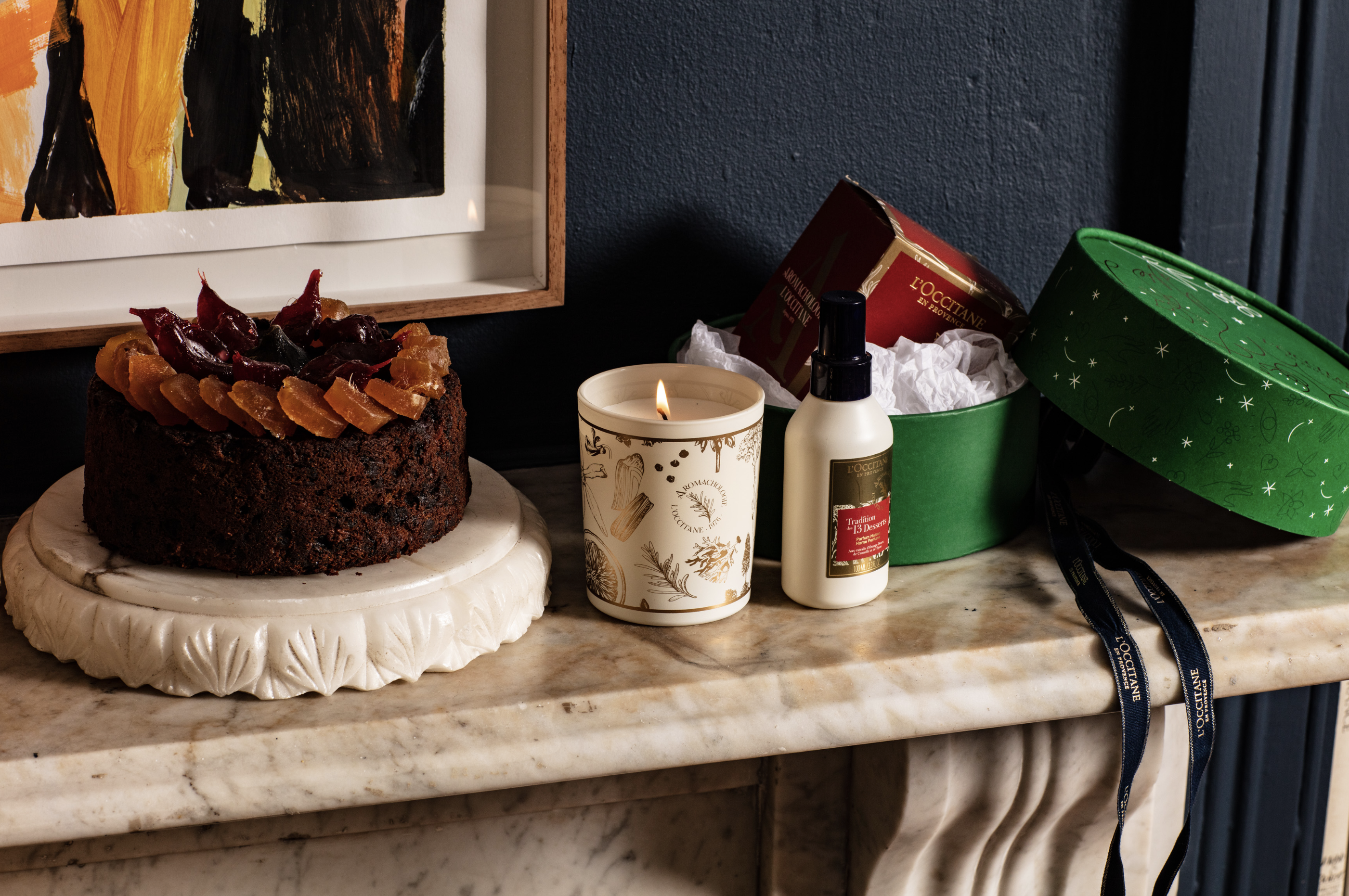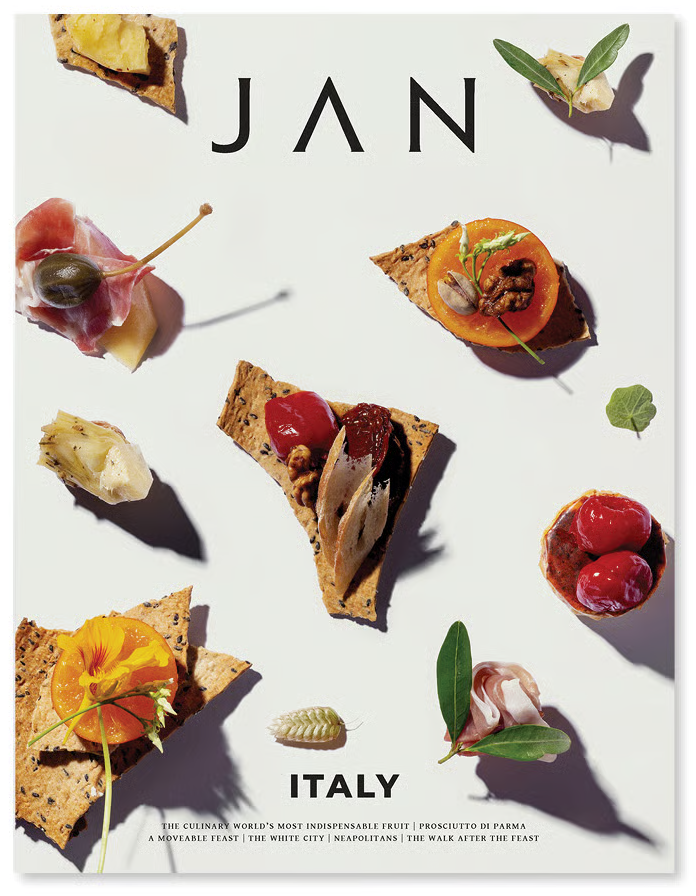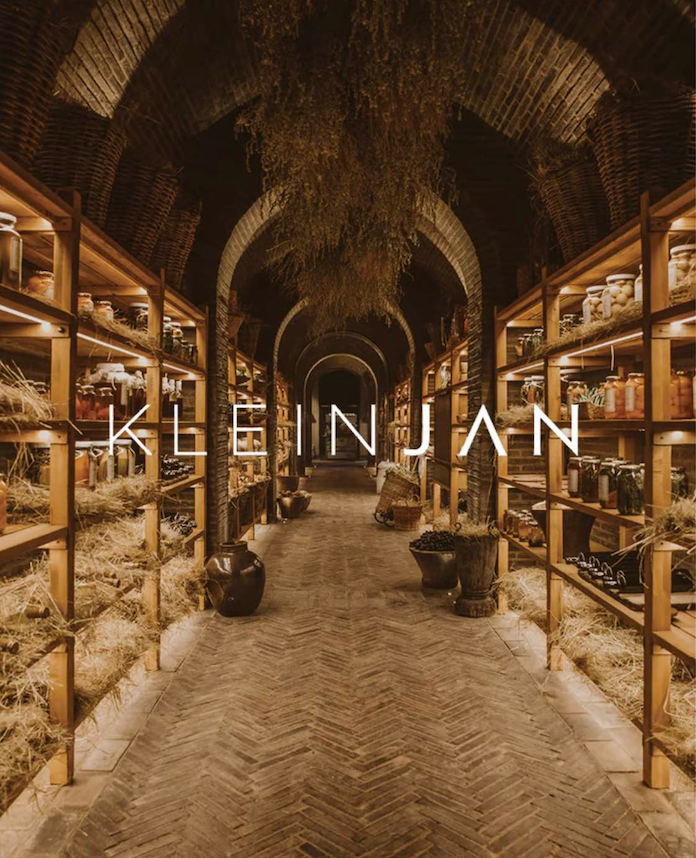THE BEAUTY OF TRADITION
The Traditional Thirteen Desserts of Provence
My French affair started long before I visited France for the first time, but nothing could prepare me for what I would experience when I first set foot in the land of cuisine, couture and culture. Food especially can become an almost religious experience in France – something that, dare I say, is no more apparent than in the region of Provence. Here, tradition takes on a whole new meaning.

One of my favourite Provençale traditions is the thirteen desserts of Christmas – or les treize desserts de Noël, as it is known locally – and always forms part of “the big supper” (le gros souper in French), an epic dinner reserved for Christmas Eve. Why thirteen, you may ask? Well, to a largely Catholic culture, the number thirteen represents Jesus and his twelve disciples, of course.
The number of desserts is always obligatoire, but as with so many of France’s culinary traditions, exactly what those thirteen desserts entail depends entirely on the village in which you sample them. The only universal rule as regards the thirteen is that they are served at the same time at the same table, where everyone can sample something from each creation.
The portions are seldom dictated, but what is frowned upon is not sampling at least one bite from each of the thirteen desserts. Where exactly meals are taken on the 25th, 26th and 27th is a mystery, as the desserts remain on the table for the three days following Christmas Eve, which the household can sample every time they pass by.
The first four desserts allude to the four beggars (les quatre mendiants) that represent the monastic communities: the order of St Augustin (walnuts or hazelnuts), the Carmelites (almonds), the Dominicans (raisins), and the Franciscans (dry figs). You will usually also find an olive oil flatbread (fougasse) with grape jam, the portions of which are torn off individually (not cut with a knife), a custom that is believed to protect you from bankruptcy over the coming year. There will almost always be two types of nougat on the table (light and dark for reasons alluding to the concepts of good and evil), as well as a selection of fresh, seasonal fruits, but after that, it really depends. You might encounter anything from dates, dried plums and candied melons to sweet and savoury biscuits, spiced breads and thin waffles.
The thirteen desserts of Christmas is a tradition that, if you don’t consider yourself to have much of a sweet tooth, might convert you reconsider your stance on dessert – for better or for worse.
An Ode to the Traditional Thirteen Desserts of Provence
An ode to Christmas in Provence, L’Occitane-en-Provence shares its interpretation of the traditional desserts of the south of France with a new home fragrance. L’OCCITANE brings together dried fruit with the subtle spice cinnamon for a thoughtful hostess gift or a treat for yourself. This fragrance will fill every home with the convivial spirit of this special season.















